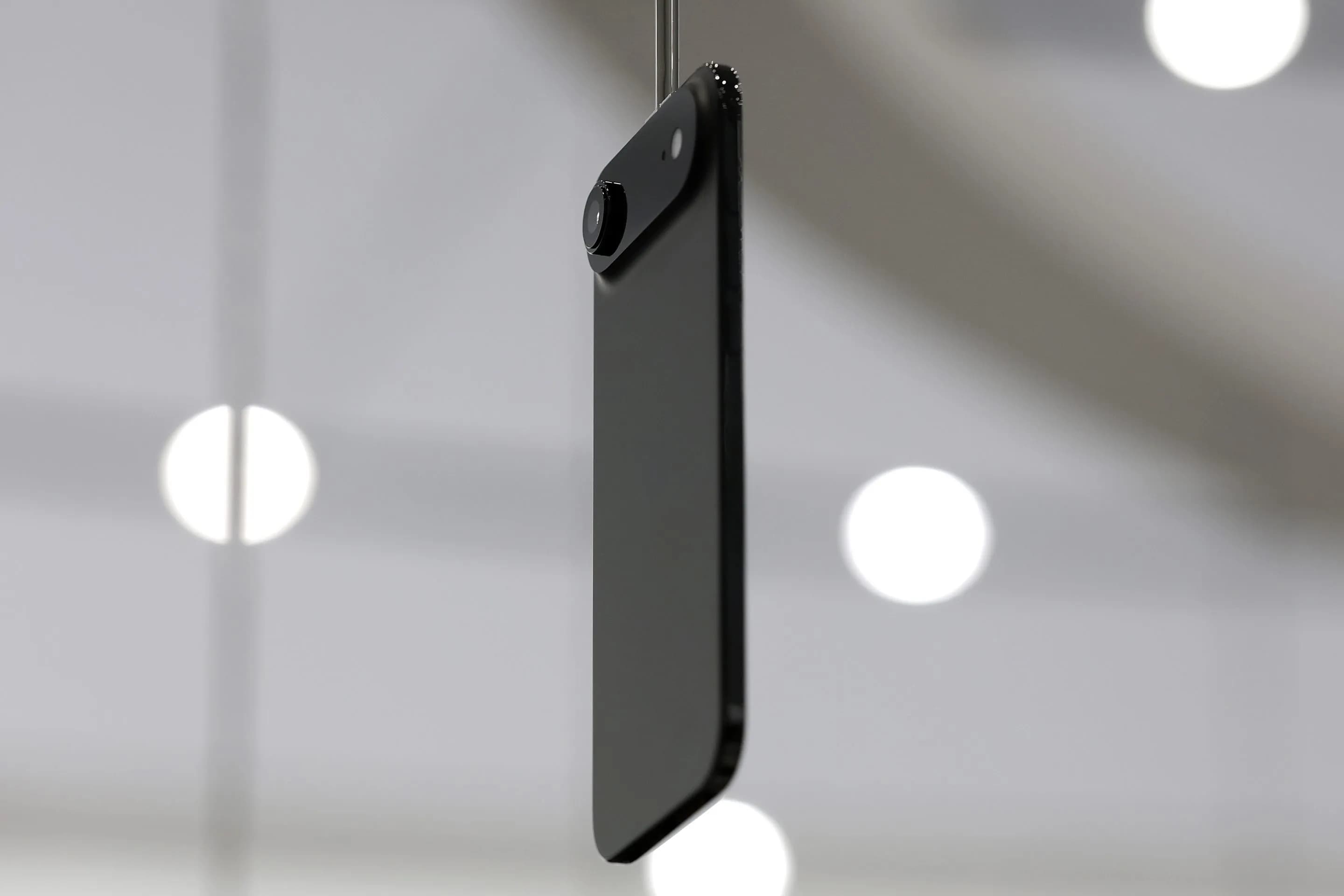We're loading the full news article for you. This includes the article content, images, author information, and related articles.
Apple unveiled its ultra-thin iPhone Air, impressing fans with a 5.6 mm titanium design while analysts questioned its single camera and AI strategy.

Cupertino, United States – At its annual product showcase, Apple unveiled the iPhone Air, the slimmest iPhone everat just 5.6 mm thick, surpassing the Samsung S25 Edge in thinness.
Inspired by the MacBook Air design ethos, the new device introduces a titanium frame, Apple’s latest A19 Pro processor, and a ceramic shield glass finish, bringing a fresh aesthetic and performance boost to the iPhone lineup.
The new iPhone Air joins the iPhone 17, 17 Pro, and 17 Pro Max models in Apple’s 2025 portfolio. Analysts had predicted a lukewarm response, but early enthusiasm suggests the lineup could boost iPhone upgrade cycles over the next year.
Key highlights:
Slim Design: At 5.6 mm, it is the thinnest mainstream smartphone to date.
A19 Pro Chip: Improves processing speed and power efficiency.
Mid-Range Pricing: Positioned between base iPhone 17 and Pro models to appeal to wider markets.
Despite the excitement, analysts flagged a few concerns:
eSIM-Only Limitation: May face regulatory hurdles in China, where eSIM adoption is restricted.
Camera Setup:
iPhone Air: Single camera.
iPhone 17: Dual cameras.
Pro models: Triple cameras.
This raises questions about imaging performance and battery life versus competitors.
While the design and materials impressed consumers and analysts, some noted Apple’s lag in AI integration compared with rivals like Samsung and Google.
Thomas Hayes of Great Hill Capital argued that Apple needs a stronger AI strategy to compete in the next phase of smartphone innovation.
Industry experts believe the iPhone Air could:
Boost upgrade rates in mature markets due to its design appeal and mid-range pricing.
Influence competitors to innovate on thinness, materials, and durability.
Reinvigorate Apple’s iPhone lineup amid slowing global smartphone demand.
IDC’s Nabila Popal noted that Apple typically delivers “bigger, louder, better” products when entering new design territories, signaling strong sales potential for the iPhone Air.
Design Leadership: Titanium frames and ultra-slim builds could set new industry standards.
Market Expansion: Focus on aesthetics, durability, and premium materials to drive international sales.
AI Catch-Up Needed: Without stronger AI features, Apple risks falling behind rivals in the next wave of smartphone innovation.
Keep the conversation in one place—threads here stay linked to the story and in the forums.
Other hot threads
E-sports and Gaming Community in Kenya
Active 7 months ago
Popular Recreational Activities Across Counties
Active 7 months ago
The Role of Technology in Modern Agriculture (AgriTech)
Active 7 months ago
Investing in Youth Sports Development Programs
Active 7 months ago